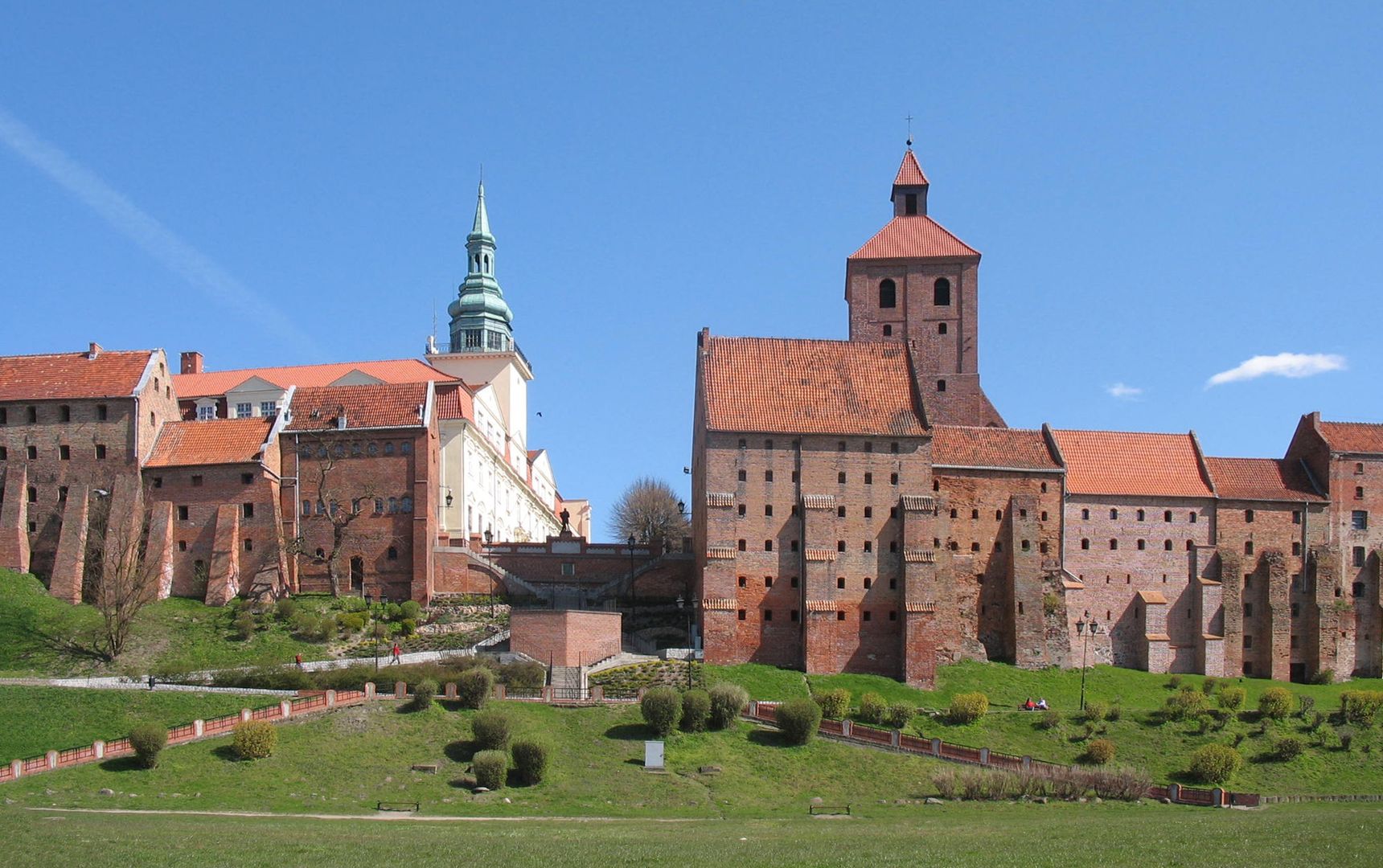Granaries in Grudziądz
7.02

Overview
The Granaries in Grudziądz are a unique complex of medieval defensive buildings situated on the Vistula River, which played a key role in river trade. Their history dates back to the period after the Teutonic Knights founded the town in 1291. The first granaries began to be built in the 14th century, and by 1504 their number had increased to 14. The buildings were characterized by thick external walls, small windows, and a wooden internal structure, with their size depending on the terrain—they were multi-story on the Vistula side, but only single or two-story on the city side. An important part of the defensive system was the port, and the Water Gate provided access. The granaries served various functions, sometimes even religious—one of them was an Evangelical temple in the early 17th century. After a fire in 1659, only six granaries survived, and their reconstruction lasted until the 18th century, increasing their number to about 30. In the 19th century, new half-timbered structures appeared. War damage in 1945 necessitated another reconstruction, which was completed in 1966. Today, some of the granaries serve as storage and residential spaces, others have been adapted for the needs of the Museum in Grudziądz, and some house the offices of the City Hall. The granaries are a symbol of the city, emphasized by their nighttime illumination. Their architecture, with Gothic elements, as well as decorations such as coats of arms, including the Allegory of Trade from 1771, add to their historical significance. In 2017, the granaries were inscribed on the list of Historic Monuments, highlighting their uniqueness and cultural value.
Location
2025 Wizytor | All Rights Reserved